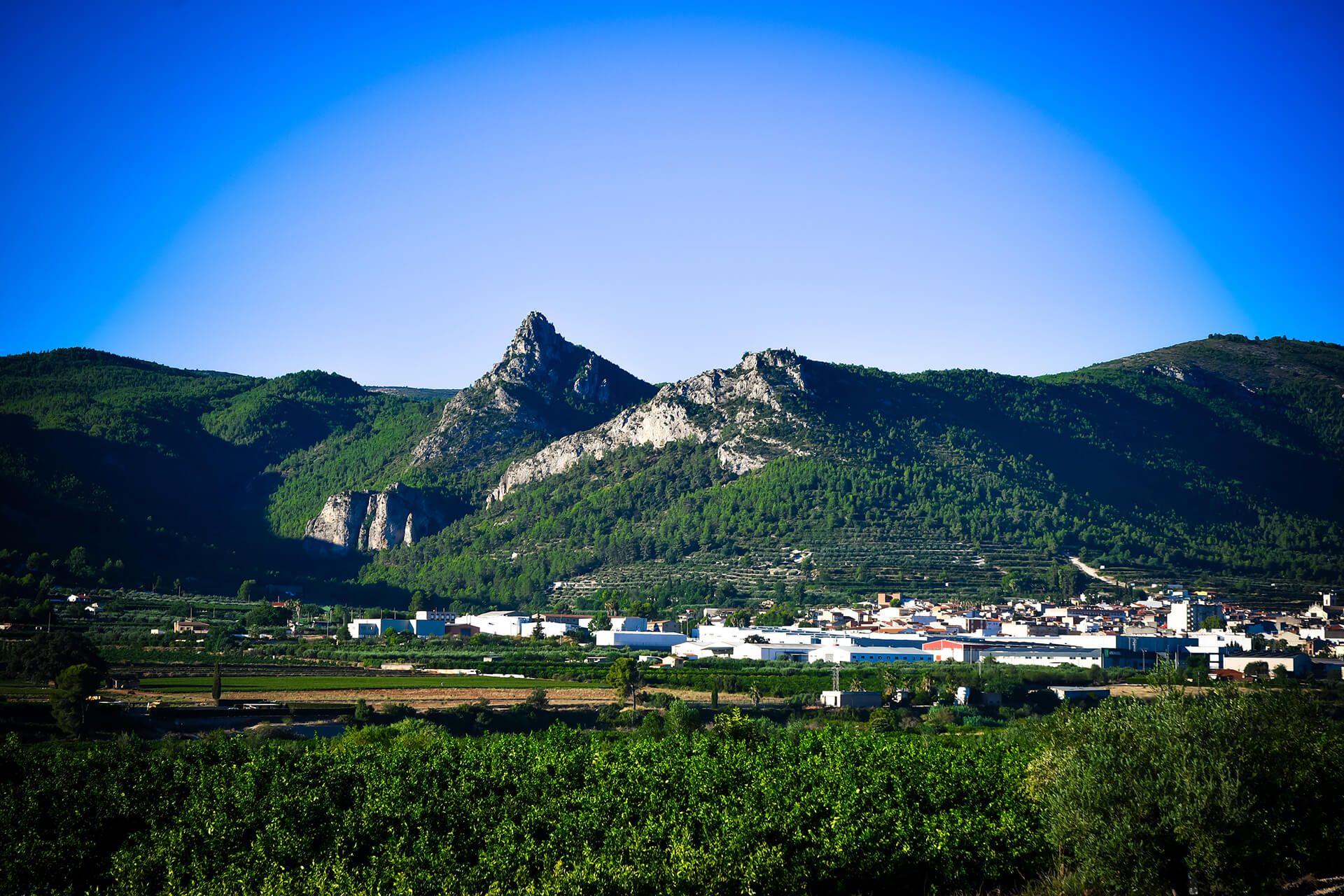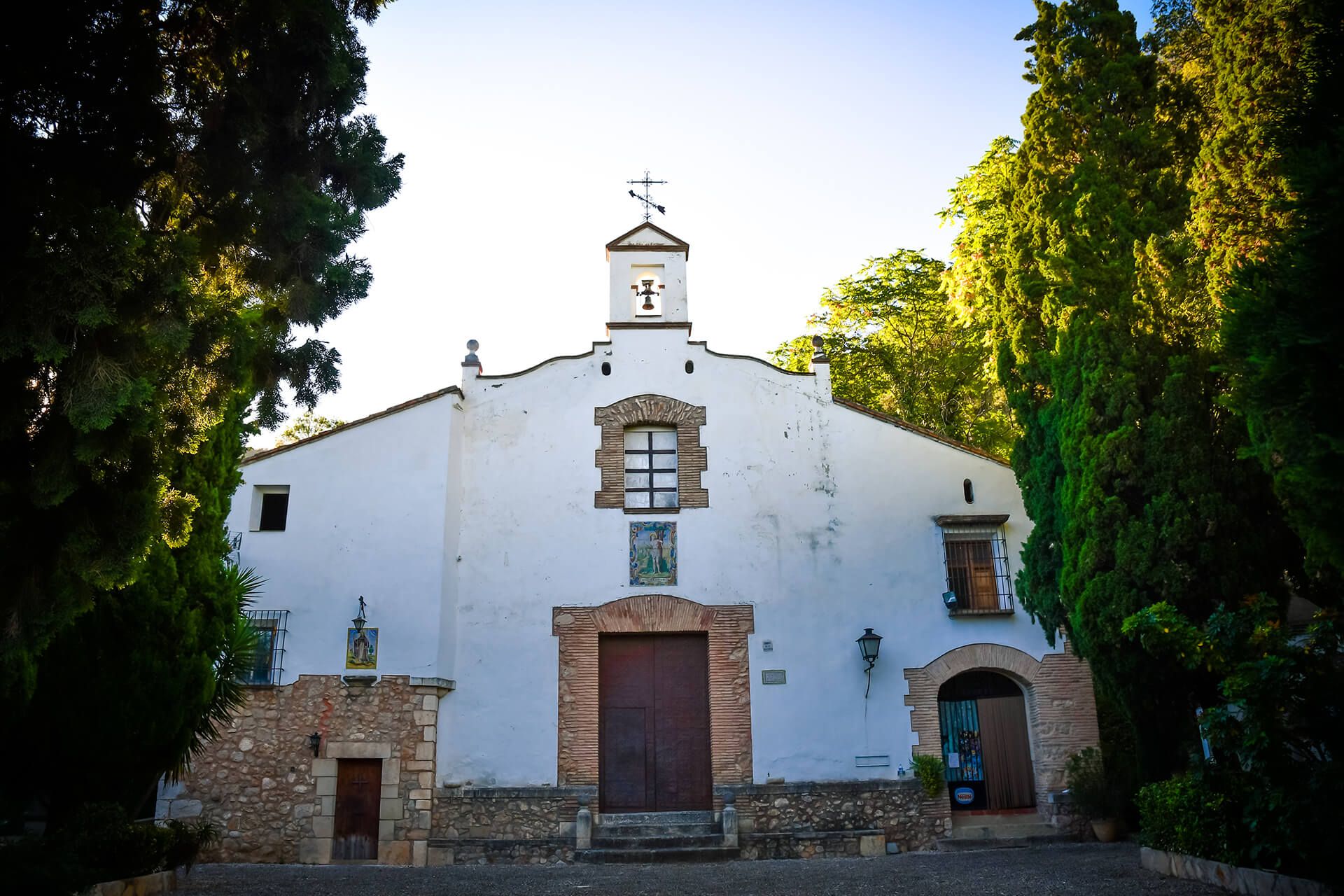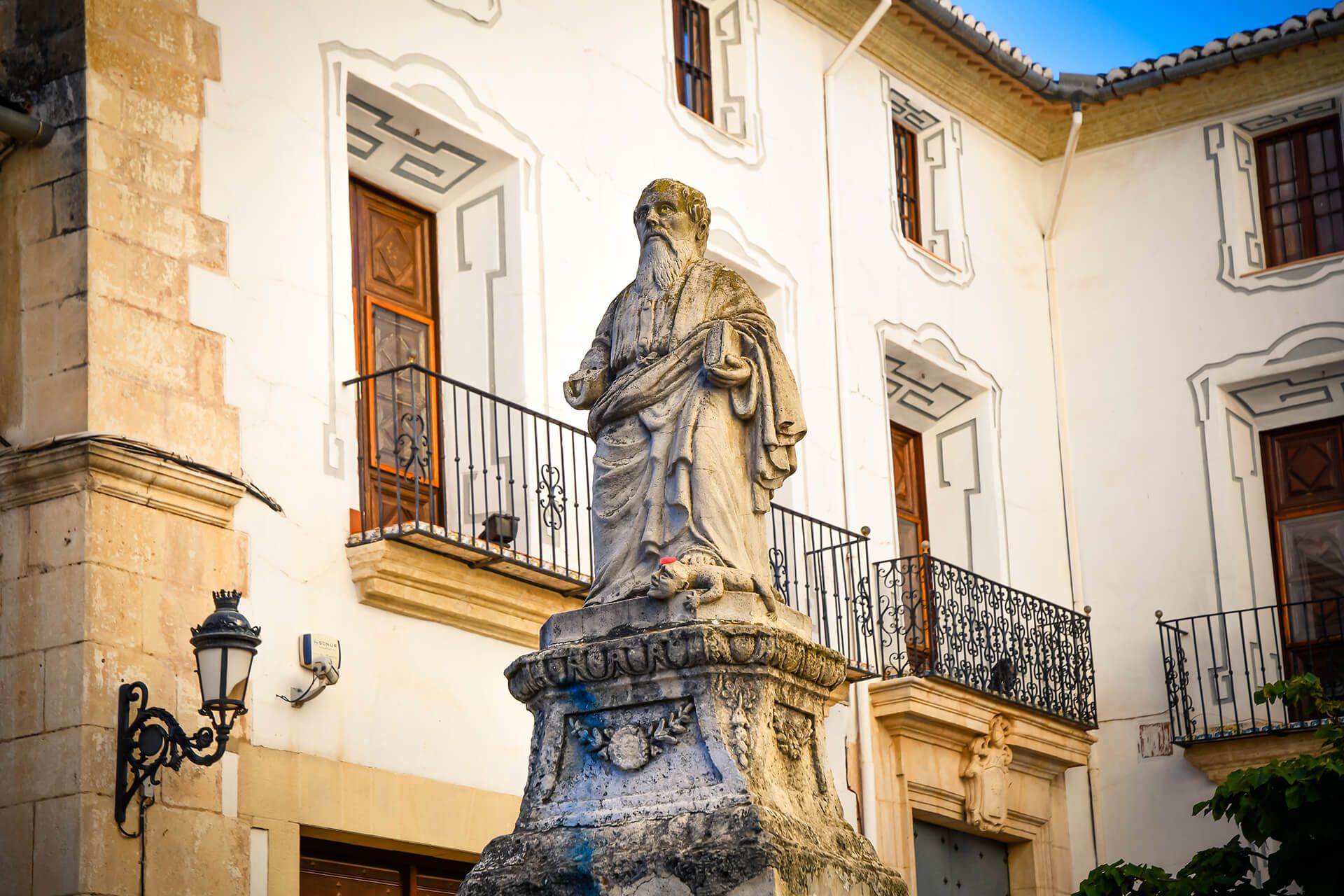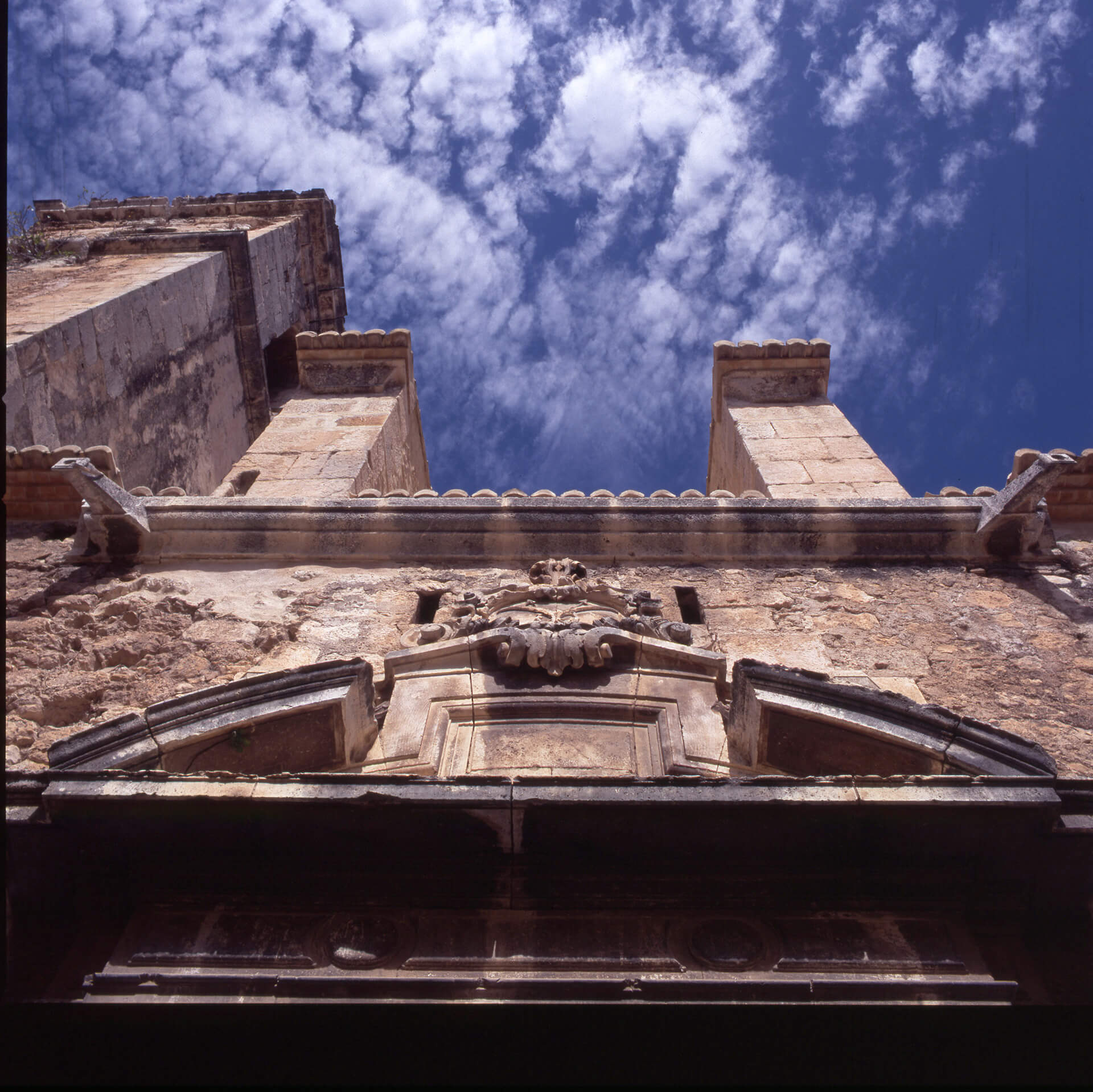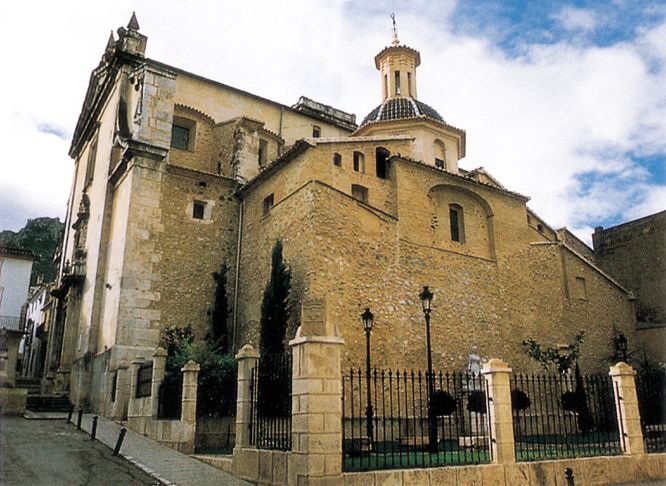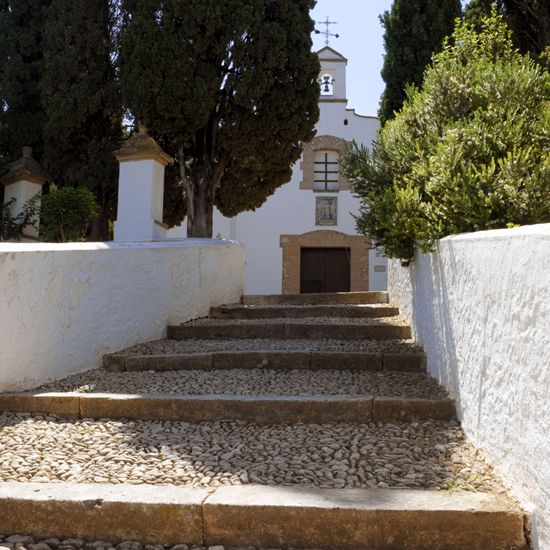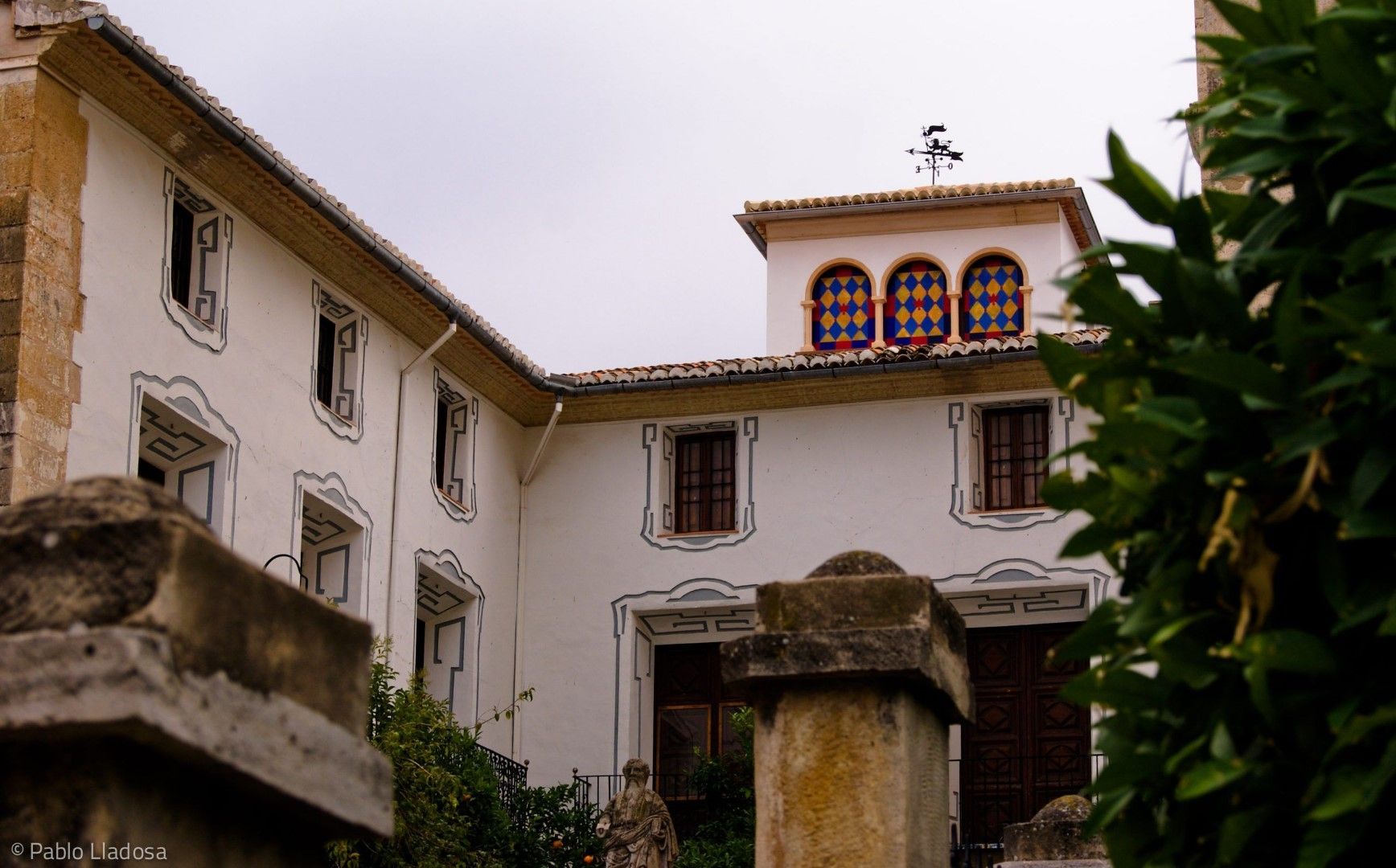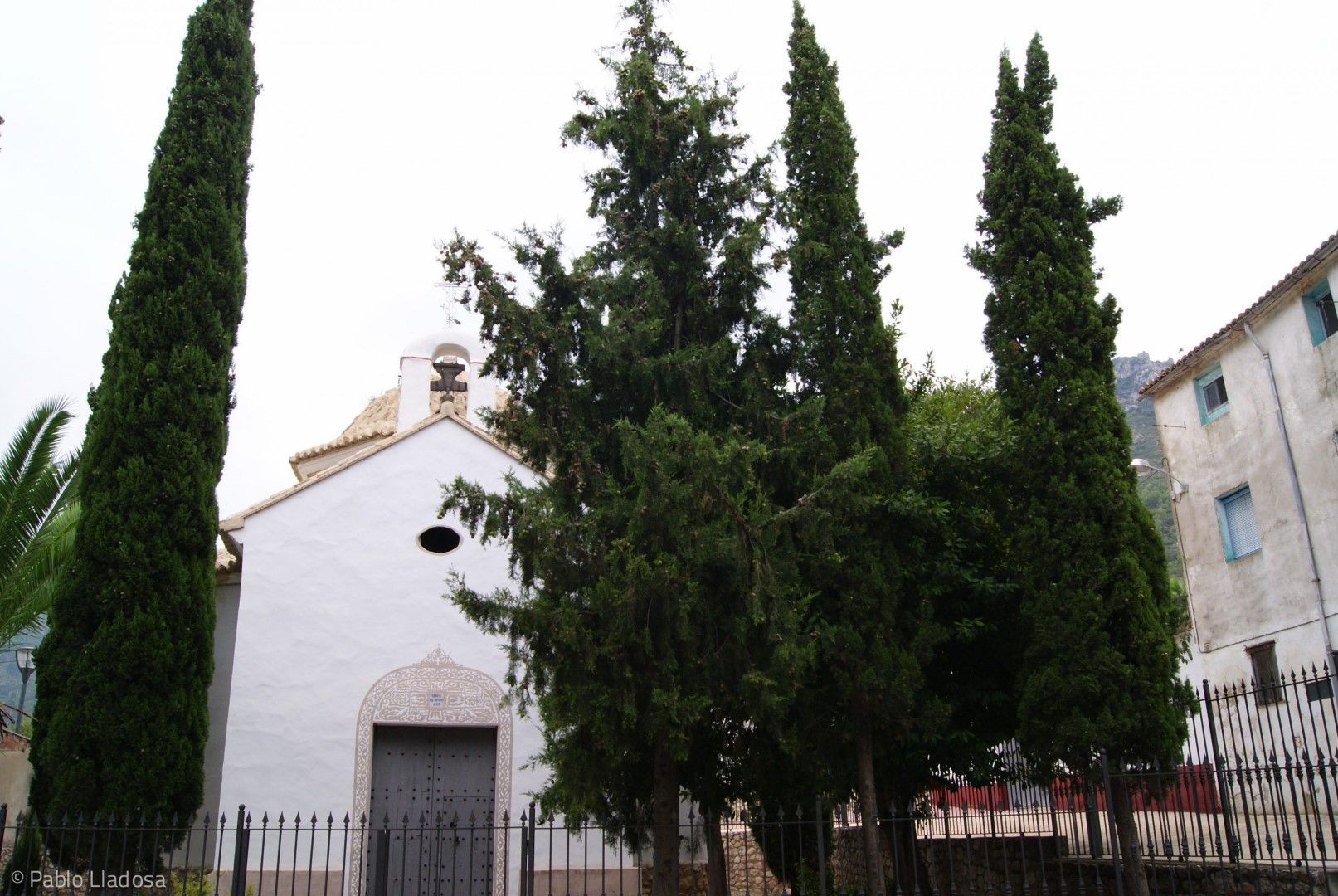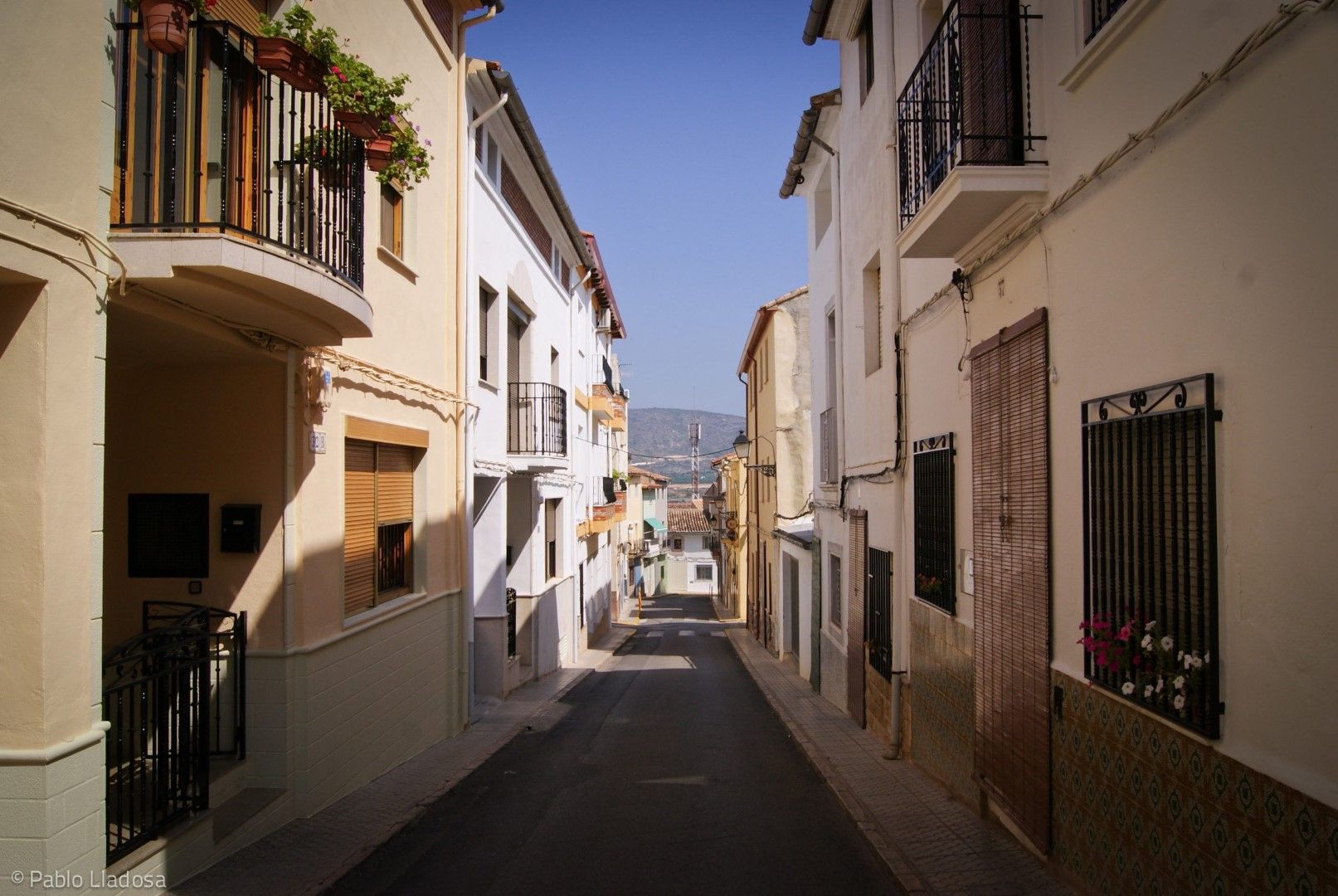Vallada
Vallada is located near the River Canyoles and the Serra Grossa and the Serra de Enguera ranges.
Its economy is mainly based on furniture manufacturing.
It is located at an altitude of 300m above sea level.
It lies 24km from Xativa, the capital of the administrative region, and 75km from Valencia.
Its population is approximately 3,400 inhabitants.
Gastronomy:
Its cuisine is mainly based on rice:
“arròs en tanda”, Valencian paella, “arròs caldós” and “arròs al forn” (baked rice).
As for sweets and homemade pastries, mention may be made of “la fogassa”, pumpkin fritters, “rossegons”, “rollet de flora” and “coca en llanda”.
Places of interest:
The Parish Church of Saint Bartholomew the Apostle. It is Vallada’s most prominent monument. In 1564, the master stonemason Domingo de Gamieta began the construction of this parish church which, after several phases of construction, would be definitively completed following the construction of the Chapel of the Communion in the second half of the 18th century.
Hermitage of Saint Sebastian. Construction was completed in 1746. It replaced a previous hermitage that was already documented in the 16th-century
Hermitage of Christ. It replaced the old chapel of the Calvary and was built in the middle of the 19th century.
Chapel of the Divine Judge. Built after the earthquake of 1748 on the site where the statue of the saint was stored for many months due to the fear of the collapse of the parish church.
“El Pare Presentat“. An iron sculpture, designed by José Gonzalvo and paid for by the “Pare Presentat” association, it was inaugurated in 1980 in honour and recognition of the life, virtues and fame of sanctity of Mercedarian Father Friare Andrés Garrido, son of this village (Vallada, 1663, Xàtiva, 1728).
Old town, with special interest to be found in certain of the most representative streets: Santa Creu, Sant Cayetà, Santa Rosa and Santa Ana.
Archaeological Museum. The archaeological materials that make up this museum collection include a full chronology ranging from the Palaeolithic period through to the late Neolithic, Bronze, Iberian and Roman periods, up to medieval times, both Islamic and Christian.
The remains of Vallada Castle, of Muslim origin. It is located in the area known as La Peña, at 520m above sea level. It was part of the series of castles guarding the area, together with the castles of Montesa, Xàtiva and Moixent.
Natural parks:
Chasms and caves
Caving enthusiasts will find in Vallada a wide variety of caves and chasms to explore: “Cova del Castell”, “Cova del Cavall”, “Cova Santa”, “Cova Pates”, “Cova Mosseguellos” (with remains of cave paintings dating from the Paleolithic age), “Sima de la Balarma”, “Sima Penya el Sol”, etc.
Barranco de Boquella i Tarrassos (PR-V 305)
The impressive geomorphology of this area, formed by the two ravines separated by “La Plana de la Maravillosa”, is very impressive. It covers a large area from the mouth of the ravines on the River Canyoles, extending through the municipalities of Moixent, Ayora and Enguera.
River Canyoles
Vallada’s most important river, which runs through the entire municipality. Here it is possible to observe the typical flora and fauna of humid environments.
Alt de la Creu
This border area between the municipalities of Vallada, Moixent, Aielo de Malferit and Ontinyent, represents Vallada’s point of highest altitude, and a location in which vegetation that is endemic to the region can be seen.
Saraella, Penyó i Corda del Castell (SL El Penyó)
A spectacular karst landscape which includes “El Sumidor” Tunnel and a salt water current that is unique in the region. The contrast of the red clay, the gray limestone and the green vegetation imbibes the area with a great beauty.
Saraella Llarga (PR-V El Tossal).
It represents the natural continuation of the “Saraella” area. Located east of the village are paleontological remains of marine invertebrate, indicating the geological origins of the region.
Sumidor Tunnel
The Sumidor tunnel is the largest karst cavity in the world and represents a provisional altitude difference of 205 m along a distance of some 13000 m, thus making it the deepest clay cavity in the world. The tunnel entrance is located in a small depression at the top of Penyó Ravine, next to the river.
Festivities:
The celebrations of “Mig Any Fester de Moros i Cristians” are held in February.
“Las Fallas” are celebrated in March (15th to 19th).
Festivities in honour of Saint Bartholomew, the Holy Christ of the Calvary and Our Lady of Grace are celebrated during the last week of August
Moors and Christians festivities are held the second week of September.
